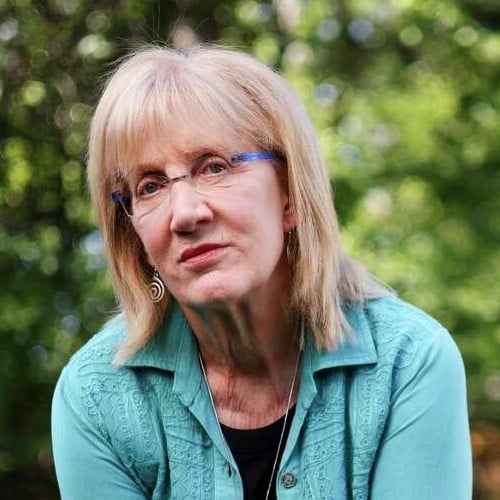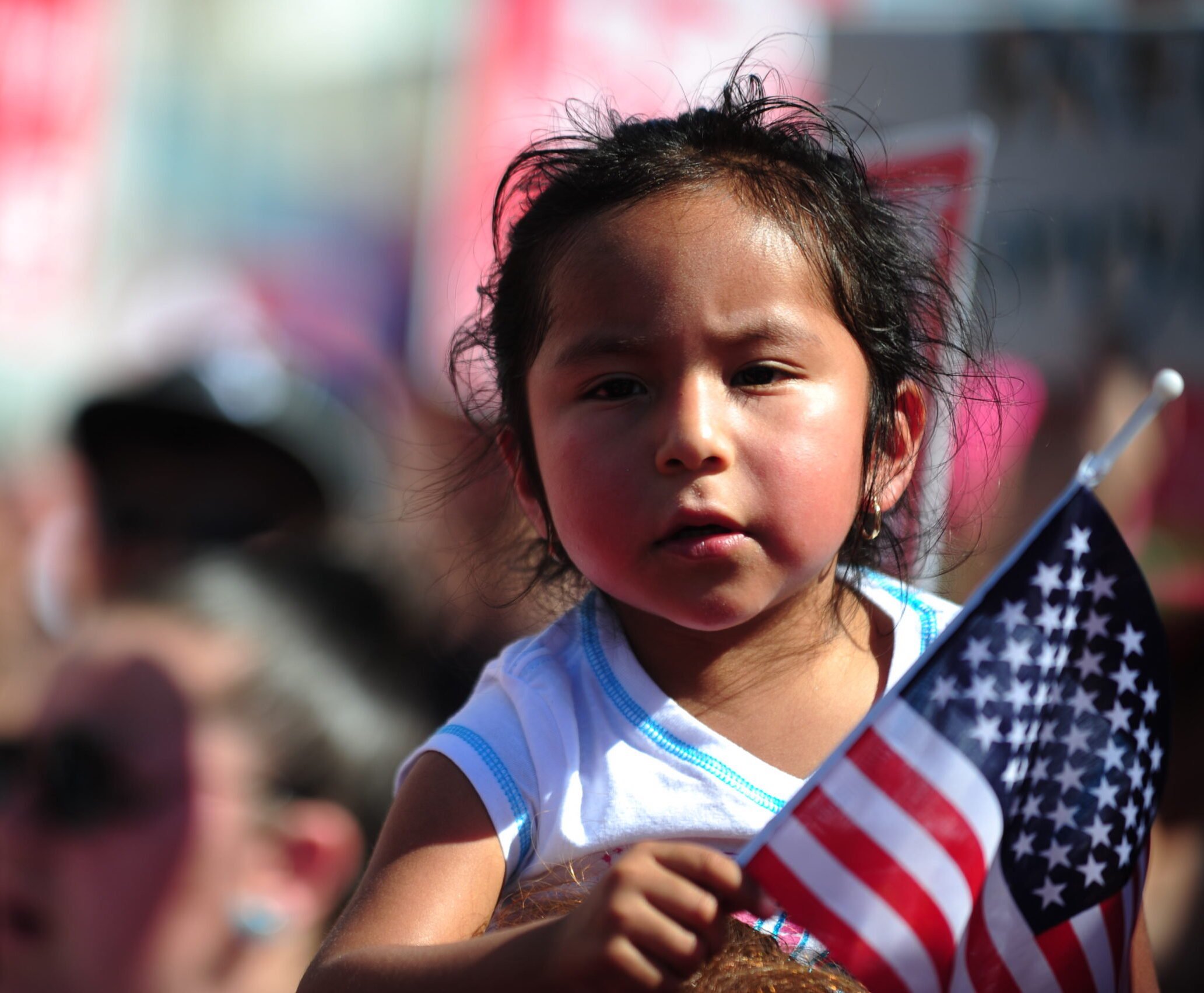ustxtxb_obs_1989_01_06_50_00014-00000_000.pdf
Page 11
The Flowering of Black Expression BY LORENZO THOMAS BLACK CULTURE AND THE HARLEM RENAISSANCE By Cary D. Wintz Houston: Rice University Press, 1988 277 pages, $27.50 HARLEM RENAISSANCE: Art of Black America By David C. Driskill and others New York: Studio Museum / Henry N. Abrams, Inc., 1987 200 pages, 140 illustrations, 55 color plates, $37.50 MANY CONTRADICTIONS are attached to the Harlem Renaissance, that jazz-born flower of black artistic expression of the 1920s. During the ’20s, mainstream publishers first offered a significant number of books by black authors focusing on contemporary black life. But as late as 1967 critic Abraham Chapman complained that American literature texts rarely mentioned the movement. Textbook editors, Chapman noted, “simply do not recognize the existence of any flowering of Negro expression, or any specific literary movement of black Americans, worthy of special notice.” Recent works, however, have given a human face to what was, for many years, something of a sacred icon for some or an ornament grudgingly uncrated every Black History Month for others. David Levering Lewis’s mischievous When Harlem Was in Vogue juicy gossip and Cary D. Wintz’s new Black Culture and the Harlem Renaissance is a long-needed exploration of the movement’s relationship to the community. “The Renaissance itself can only be understood,” wrote Amiri Baraka in 1984, “by looking at its real origins in society, its real material basis; it does not exist otherwise.” Wintz, a history professor at Texas . Southern University, attempts just , such a focus: He presents an interesting history of the literary movement by investigating what went on behind the scenes as well as thoughtful commentaries on what Lorenzo Thomas teaches Afro-American Literature at the University of HoustonDowntown. the writers put between their covers. His most important contributions are the publishing histories of important books and useful discussion of the way those books were received by contemporary readers. The most accessible, and fanciful, image many of us have of the Harlem Renaissance flows conveniently into a sinuous Miguel Covarrubias-style caricature of the “roaring ’20s” . . . Carl Van Vechten’s wonderful parties in Greenwich Village where Gertrude Stein might have made polite conversation with a militant black poet while a Broadway producer played the piano and Bessie Smith sang the blues. Bootleg gin still flowing, the entire company might cab uptown to the inviting dim lights of a Harlem speakeasy or rent party chattering about art, American civilization, and other exciting vices. Undoubtedly there were nights like this probably not with this mythical cast. but there was much more substance, and not a little splendor, to a movement that introduced American literature to the voices of Langston Hughes, Countee Cullen, and a number of other fine writers. Although the glamorous bohemian scene helped, says Wintz, “to launch the Harlem Renaissance and to define its nature, equally important was the relationship between the black writers and Harlem’s intellectual community.” The Harlem Renaissance and the “New Negro” movement of the 1920s grew out of conflicting ideas in the black community that are most clearly visible in the turn-of the-century dispute between Booker T. Washington and W. E. B. DuBois on the future of black education. Washington, the powerful head of Tuskegee Institute, advocated industrial education, self-help economics, and accommodation to the political status quo. He was close enough to President Theodore Roosevelt to personally approve or reject black candidates for upper-level government jobs. DuBois, a Harvard Ph.D. and a founder of the biracial National Association for the countered that “the talented tenth,” an educated elite comprising the best and the brightest, was the key to racial progress. The “New Negro” movement came close to realizing DuBois’s ideal. The elders of the movement were extraordinary men by any standard. In addition to DuBois, there was Howard University philosopher Alain James Weldon Johnson \(poet, lawyer, songwriter for the Broadway stage, former They, and many others, felt “that their African heritage should be a source of pride and the basis of a racial solidarity that linked all colored people . . . in the emerging black consciousness that would be known as the New Negro.” Wintz is careful to point out that the younger artists were attracted to the consciousness of the movement. “There was,” he notes, “no common bond of political or racial ideology, personal experience, background, or literary philosophy that united the various elements in the Renaissance. What they held in common was a sense of community, a feeling that they were all part of the same endeavor.” The Renaissance was, indeed, prismatic. The generous and opportunistic bon vivant Carl Van Vechten and the generous and, by some accounts, snooty Alain Locke were the “salt and pepper” movers and shakers behind the literary happenings, able to match publishers and patrons with penurious poets. Woodcut by Aaron Douglas, from “Emperor Jones Series: Defiance, 1923” 14 JANUARY 6, 1989


